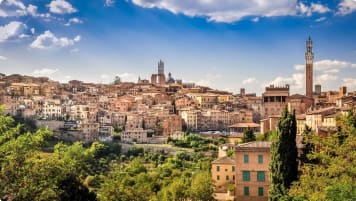Venice; Gondolas and carnival
Venice and the story of gondolas add to the senior couples or mature solo traveller small group tour learning about this merchant city. Europes trading centre close to the Mediterranean was for several centuries the place to trade for spice, woollen garments and silk. The attractions where substantial as was the wealth created and the wars waged across what is today's Italy. This article extends your knowledge of Venice and its merchant history.
24 Mar 22 · 9 mins read
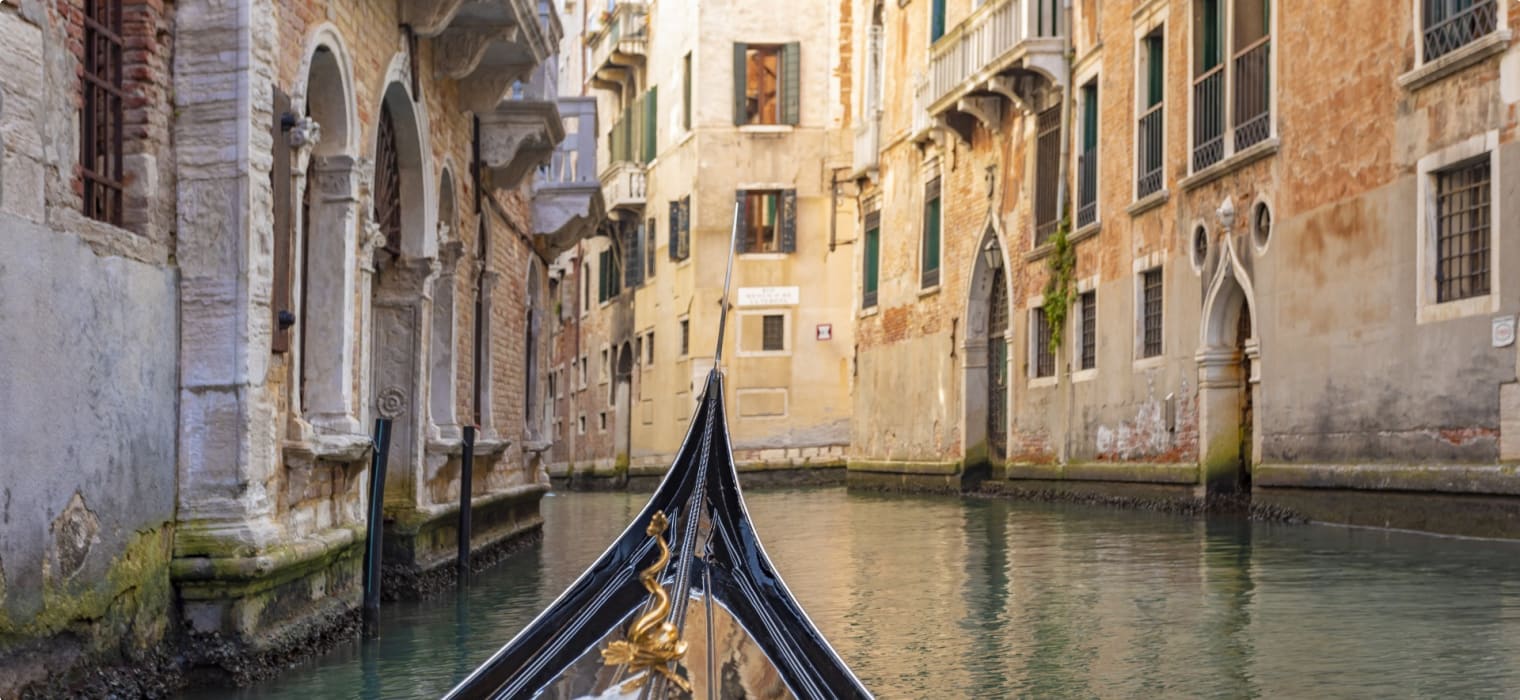
“The bells awake. A gleam, a spark (still quivering, faint) flickers on the canals; and, peeled from the dreaming dark, the city’s eternal lines are drawn.” (Zweig, 1922, Sunrise in Venice)
No Venice visit is complete without a gondola ride and hearing at least a few bells a day. Both traditions have been around for a long time, and the origin of both lies in practical matters rather than entertainment.
The famous black boats have been used for centuries in the Venetian lagoon and have become a symbol of the city and its endless waterways. Without gondolas, one couldn’t imagine Venice Italy, just as New York wouldn’t be the same without its troops of yellow taxis. Discover Venice and its beauty by taking a Venetian gondola ride in the Grand Canal.
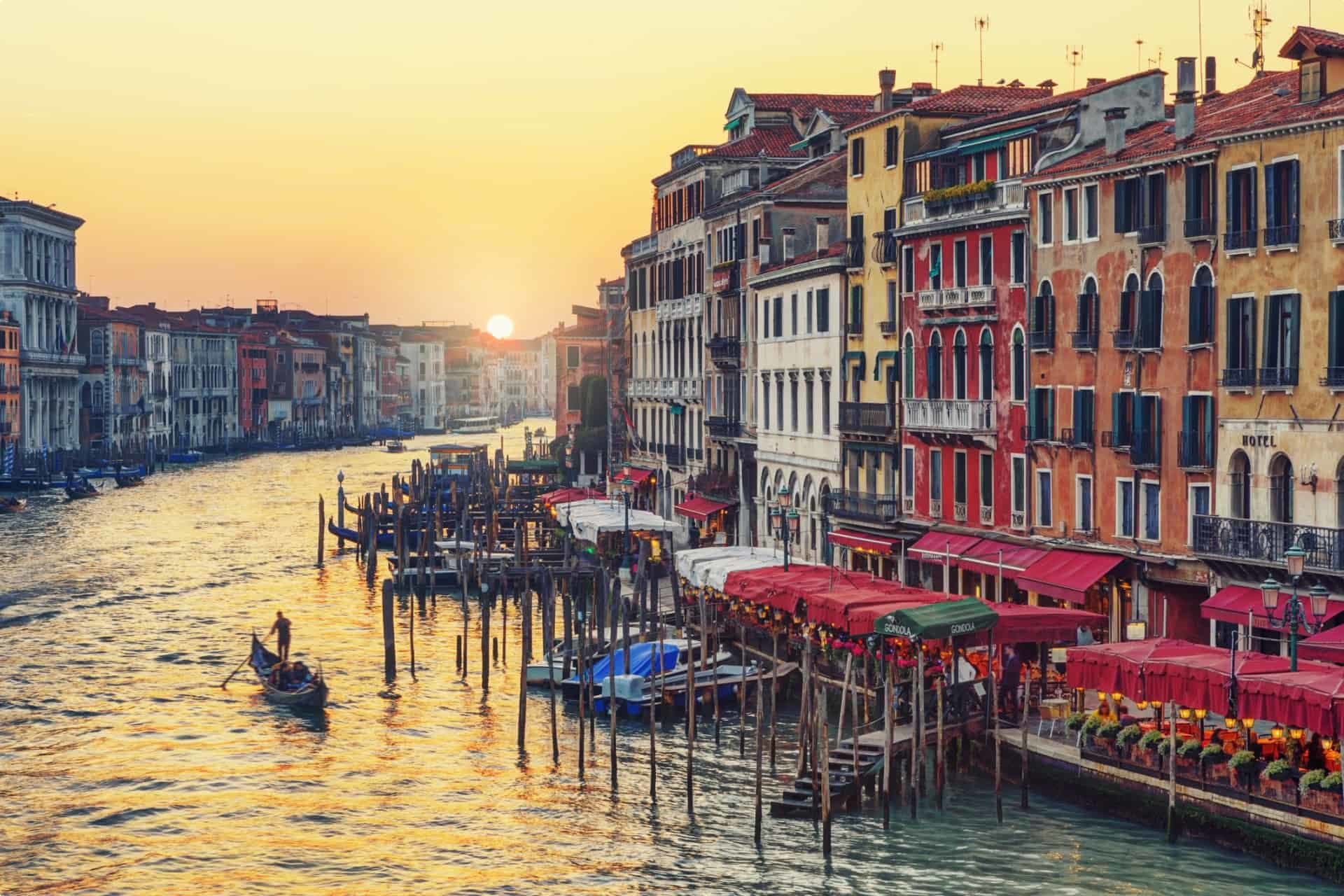
Any colour as long as the Gondola is Black
The gondola (or Gondole) is the most famous and unique Venetian boat and was first mentioned in a document at the end of the 11 th century. It is believed that the gondolas were used long before they were documented, and their origins traced back to Malta, Turkey or Avignon. All gondolas are black since, in 1609, a decree was issued, and it was declared that a gondola of Venice’s waterways could only be painted in black. In the early days, a gondola and a paid gondolier was a sign of wealth and the more ornaments and carvings, the better! It is a slender boat with a flat bottom allowing navigation in the lagoon’s shallow waters.
The gondola base is asymmetric, making this a very unusual boat feature. It counterbalances the gondolier on the opposite side, the boat stern, and creates the signature look of the standing man at the back. Most gondolas are operated with a single oar, and that requires a skilled rower. The most acclaimed of these rowers are the gondoliers, but they are not the only ones. Looking closely, one might spot two and four-oared gondolas sailing on the Grand Canal.

Construction of the Gondola
Eight different types of wood – oak, larch, fir, linden, elm, walnut, mahogany and cherrywood – are used to create these remarkable means of transport along the beautiful canals of Venice. A gondola consists of several hundred parts, and it includes a carved oarlock, which is called “forcola”, and a bow ornament known as “ferro”. The gondola that today glides effortlessly through the waters of Venice looks almost identical to the boat that floats through Venetian paintings of the great painters Bellini, Canaletto, Carpaccio, Guardi or Titian.
A new Gondola is 20,000 euros +
Nowadays, Venezia has about 400 gondolas in active service, and each one was made by hand. Buying a gondola is undoubtedly not a cheap undertaking considering that such a creation costs at least 20,000 Euros. Its upkeep is a lifetime commitment, but a gondola is built to last several decades. These days, the gondolas are still produced and serviced in Venice in a so-called “squero”, an artisan workshop that connects to the lagoon’s canals. The most famous and oldest of these workshops is the Squero of San Trovaso. This workshop is shaped like a mountain hut, telling a story of the resident artisans that came from the mountain region of Belluno. Most other boatyards are in locations that tourists rarely visit or see. But the Squero di San Trovaso lies in the heart of the city, and visitors can appreciate a complementary view of the gondola craftsmen showing off their skills from the opposite bank of the San Trovaso Canal.
A truly marvellous site! The process of building a gondola takes at least 12 months, and several different artisans are involved in applying their talents: the master carpenter called squeraiol, the battiloro, who is the goldsmith responsible for the stunning gold decorations and the blacksmith who handcraft the gondola’s iron prow-head. The building of a gondola is a team effort and an art in its own right. When the life of a gondola after 20 odd years comes to an end, the wood is taken to the island of Murano. The wood is then used for kindling the flames of the glassworks. The gondola that served many years passes its energy onto stunning Venetian glass.
A 1,000 years of gondolas
The gondoliers have been operating in Venice for more than 1,000 years from the Middle Ages to contemporary Venice and represent one of the city’s oldest trades. The first reference in history books was an official one: Doge Vitale Falier mentioned a gondalum in 1094. In the past, most gondoliers worked for wealthy Venetian noble families and were considered a status symbol of the rich when the city-state was booming beyond its borders. In the very early days of the gondola, many gondoliers were Moorish slaves. The gondoliers in those days had a very sensible job and carried many secrets of the aristocracy across the waters of Venice’s lagoon. What happened on the gondola stays on the gondola, and as a result, the gondoliers were respected and high up on the social scale. The gondoliers received their characteristic uniform in the 1920s, and their stripes are an essential Venetian icon. The red and blue striped shirt, straw hat with coloured ribbon, black or dark blue trousers, black shoes and a dark jacket must be one of the most recognisable uniforms in the world. Nowadays, gondoliers primarily work for and with tourists who are after a romantic ride across the Grand Canal. The world of the gondoliers is still very separate from the locals, and a hint of mystery remains.
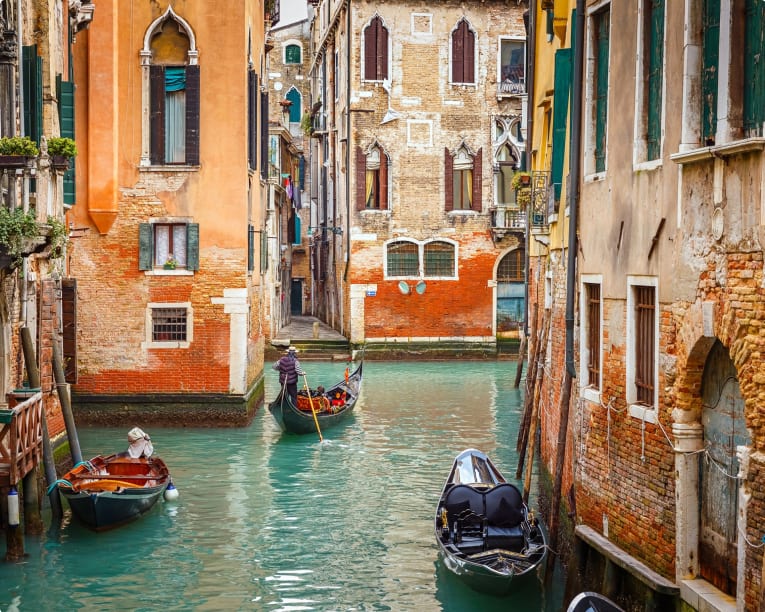
Controlling Time
The Venetians have always been known for their adaptability and creativity when it comes to constructing the world around them as they need it. Brilliant ideas, entrepreneurial spirit, and many historical firsts made this city-state so famous. Venice was the centre of the western world concerning wealth, luxury and military might. The Golden City thrived over centuries and left its mark in European history books.
With innovations and economic growth came the need to control many things, and one of those was time. One way to control time was the bells. Visiting Venice means listening to the never-ending bells chiming from the hundreds of campanili (bell towers). The bells are rung at multiple times throughout each day, but at 6:00 p.m., there is a symphony of bells that can be heard from near and far no matter where you are in Venice. The Venetian’s life was dictated by the bells that rung at precise times each day. The bells coordinated the activities of the citizens and regulated the manifestations of public life. In the St Mark’s Campanile (Saint Mark), the bell tower of St Mark’s Basilica (Basilica di San Marco) at St. Mark’s Square (Piazza San Marco), there was a structure of five bells, and each bell had a specific purpose:
- The Marangonaor Carpentiera, also called Campanon, declared the start and end of the working day of the marangoni – the carpenters of the Arsenal – and the meetings of the Great Council;
- the Nonaor Mezzana: it announced the hours and still rings at midday, and used to mark the end of letter distribution to the Rialto;
- Trottiera or Quarantìa: called the patriarchy to attend the Great Council meetings and vote in their various committees. It also called patricians to mount their horses (before horse riding was prohibited in the city);
- Pregadi, Pregadio or Mezza Terza: it announced the meetings of the Senate, whose members were called Pregadi;
- Renghiera or Maleficio: it is the youngest of the bells and informed spectators of the latest execution on behalf of the magistrate.
The Bells
Each bell had a particular tone and a special meaning for the Venetians. A personalised voice that rung over the rooftops of the floating city and created a pattern that the busyness of Venice followed with each ring. The Marangona is the largest and the only bell to survive the collapse of the bell tower in 1902. The campanile of San Marco was initially constructed in the 9th century as a watchtower for the harbour. After a devastating fire, Pietro Bon and other Italian architects and sculptors rebuilt it from 1512-1514, observing the original design. Bon was one of the most renowned sculptures and architects of Gothic Venice, and he created the magnificent façade of Ca’ d’Oro. In 1912 the campanile was restored to its original form and appearance before the collapse. Much of the destroyed belltower material was used to restore it to its former glory, and therefore many of the bricks date back to the 16th century.
The bells were a form of social control but sometimes also a measure to keep the citizens of Venice safe. In 1310, a mandate was introduced that specified a night curfew after the 3rd bell. Now, was this control or protection? Most likely a bit of both. Every phase of life, work and activity was signalled by the bells. Waking, washing, praying, eating, and sleeping was instigated by the ringing of a bell or two. The ringing of the bells was and is closely related to religious devotion and steadfastness and so following the order of the bells seemed to make life itself a sacred activity. We find this connection between daily activities and faith in many religions.
From its early days as Venetian Republic when the Venetian merchants traded, stored and manufactured more goods than any other country in (Northern) Europe. Constantinople and the Ottoman Turks supporting La Serenissima before the Venetian army contributed to the sack of the Byzantine capital. To embrace a city that nowadays is more a tiny provincial town but nonetheless a tourist magnet in Northern Italy. Undoubtedly, part of the fascination we can observe is based on the ever-present past of Venetian history and cultural heritage. We look at buildings, bridges and monuments that survived many centuries of doge(s), the rule of the Roman Empire and Byzantine Empire, Venetian carnival, Marco Polo and Napoleon.
Venice’s time crystallises in no specific form and place. Neither past, present, nor future is shaped distinctively. A different sense of time welcomes visitors who dare to enter this fascinating black hole of existence. The Venetians have lived with this lack of hurry since the beginning of time – whenever that would be, lacking specifics here – and everyone that walks the cobblestoned winding and narrow streets of Venice will slow down. Venice invites a visitor to wander and get lost in its enchanting world. A Venetian of the 16th or 17th century would easily find their way through the streets of present-day Venice. Not many cities on our planet can compete with that. The churches, markets, ferry stations and buildings haven’t changed in 500 years, and continuity is celebrated with the same passion as the Venice carnival every year. The history of Venice is alive and blooming.
Odyssey and Venice
Odyssey offers a small group tour of Venice for mature and senior couples or solo traveller(s) and many other Italian destinations. Our local guide offers guided walking tour(s) to marvel at the Doges Palace, a private tour(s) giving the expert guide the chance to take a traveler to places like the Rialto bridge or day trips to the many of the beautiful islands located nearby. The guided Venice tour can be combined with a classic Italy tour visiting remarkable landmarks and magical places with a tour company specialised in Italy small group tours: Southern Italy, Cinque Terre, Amalfi Coast, Tuscany, Lake Como, Sicily, Lake Garda, Lake Maggiore, Milan, Pompeii, Central Italy, sites of Ancient Rome (the “eternal city”) and Vatican city.
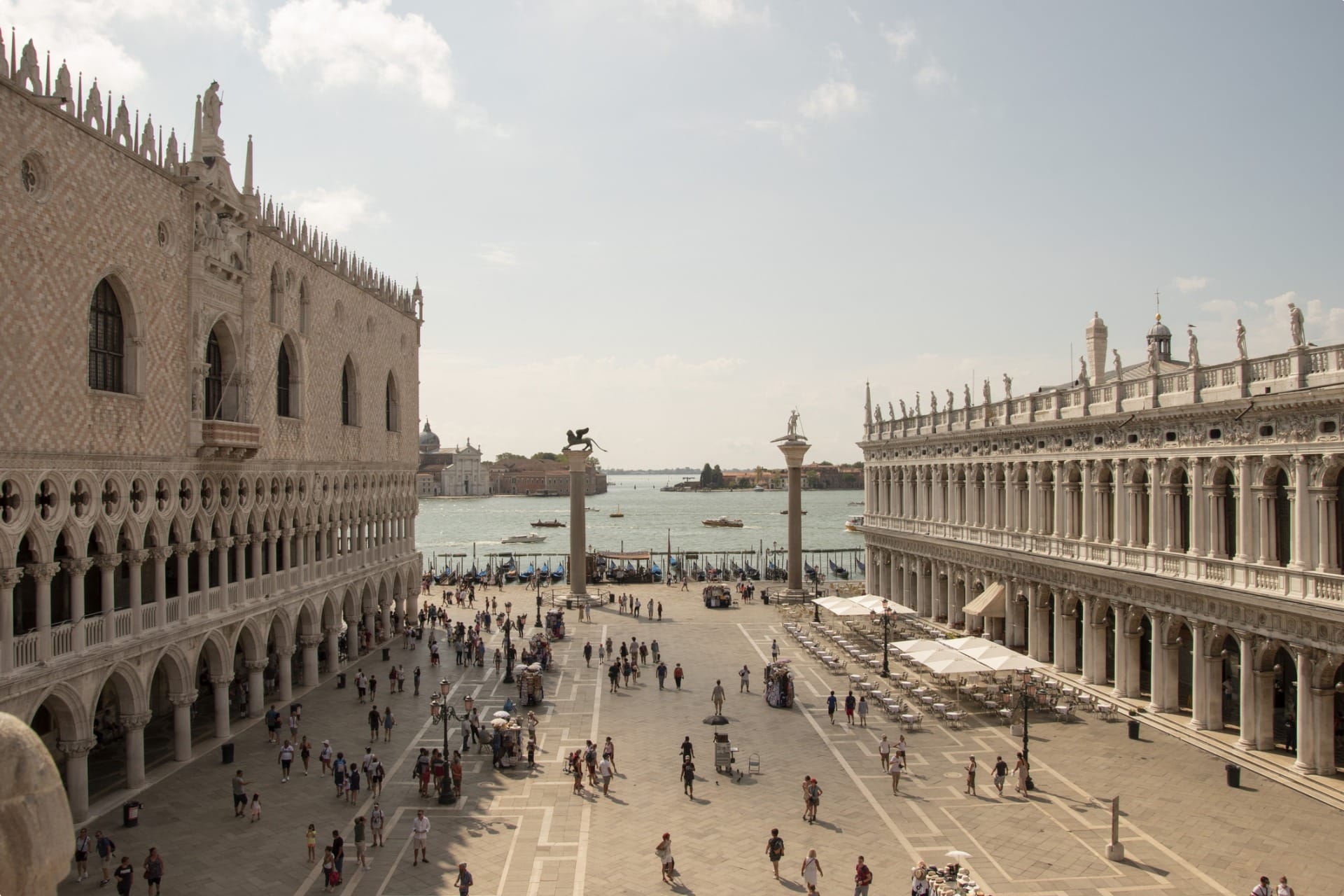
Odyssey started in 1983 as a collaboration between the Universities of Australia and New Zealand in the continuing adult education market, so it is almost 40 years old. The company has been stewarding fellow travellers on an ever-expanding collection of diverse and curious small group tours. Tours are supported by a great group of leaders who are typically retired academics and schoolteachers with a passion for continuing to be curious and sharing knowledge with you.
Small is Beautiful – Economics as if People Mattered is a collection of essays by E F Schumacher published in 1973. He sets out the case for the community, not corporations, as the model for economic success. It influences us in all we do. For Odyssey Travellers, the term “small is beautiful” captures the essence of the experience offered. We endeavour:
- to provide touring programs that stimulate the mind, ideally changing perspectives and perceptions through travel and shared knowledge,
- to offer small groups for like-minded people to explore,
- to foster a collegiate, open touring platform encouraging friendships to be made and journeys shared,
- to tread softly in the places we visit and not overwhelm the art galleries, museums, environment, or accommodation we use.
As a small team, we are orientated to learning about you the traveller, ensuring you are treated the way you wish to be treated, following the adage “treating others how you wish to be treated yourself”. When you travel with us, you may be part of a small group, typically 8-14 people, and be part of a small business group that averages some 40 people per week travelling with us all around the world. Our scale of operation and tours anywhere in the world are orientated for the selective few, not the many.
By travelling with us, you assist us in supporting, each year, at least one academically bright University student who might be struggling financially to continue their studies, with a scholarship to underpin those studies for at least one year.
Related Articles

Carnivals of Venice
Article for senior couple and mature solo travellers joining a small group history tour visiting Venice and beyond to Italy, Greece, Turkey the Islands of the Eastern and Western Mediterranean and the Northern shores of Egypt, Tunisia. Learn about the role of Venice as emerging point of trade and navies for hire in the middle ages through to the renaissance.
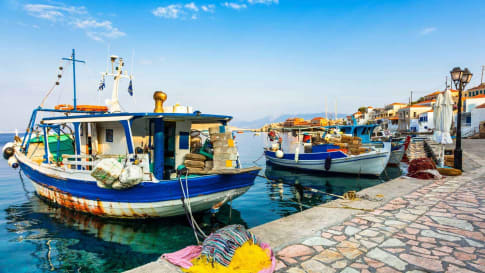
Empires Crossing the Mediterranean: 1130-1300
As a sea connecting continents and stretching from the Atlantic Ocean in the west to Asia in the east, the Mediterranean has for centuries been a centre of trade and exploration.
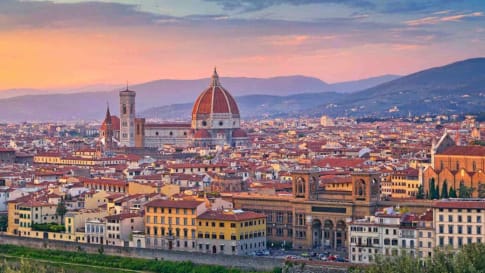
History of a City: Florence, Italy
Florence or Firenze, article provides an overview of the history from inception from the Romans to Mussolini with plenty of the Renaissance covered. Includes a list of Museums and places to see in Tuscany. Background material for a small group package tour to Italy or long stay in Florence.
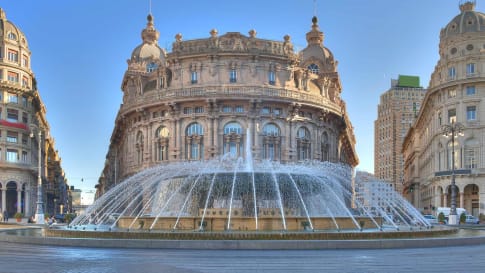
History of Genoa, Rival to Venice
In this article, we will look at the history of Genoa, and its rivalry with Venice that led to several wars fought between the two city-states in the 12th to 14th centuries.

Italian Renaissance Families: The Medicis
This blog is part of a series on five influential Italian Renaissance families that shaped Italy, especially during the fifteenth and sixteenth centuries. It is based on both our Italian Renaissance Summer School course, and…

Key Figures of Renaissance Florence
Five Key Figures of Renaissance Florence | Small Group Tours Regarded as the ‘birthplace of the Renaissance’, Florence from 1400 to 1600 was in a religious, cultural and political ferment that was crucial to shaping…

Mediterranean Islands: Malta, Sicily, Sardinia and Corsica
Malta, Sicily, Sardinia and Corsica: An Educational Journey through Western Mediterranean This article takes you on a journey through the beautiful islands of the western Mediterranean – Malta, Sicily, Sardinia and Corsica – by tracing…
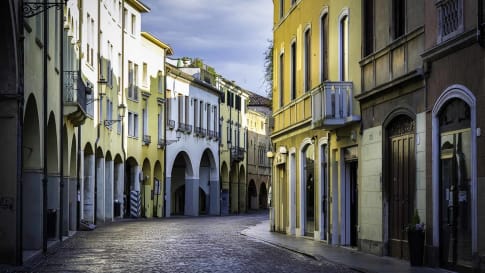
Padua, Italy
The History and Attractions of Padua By Marco Stojanovik Padua city is an intellectual, artistic, and economic centre in northern Italy, situated on the River Bacchiglione, west of Venice. The city has a long history…

Pilgrims and the Merchants in Venice.
Article for senior couple and mature solo travellers joining a small group history tour visiting Venice and beyond to Italy, Greece, Turkey the Islands of the Eastern and Western Mediterranean and the Northern shores of Egypt, Tunisia. Learn about the role of Venice as emerging point of trade and navies for hire in the middle ages through to the renaissance.

Secrets of Venice: A History of Espionage
Secret Venice: The Council of Ten and Medieval Espionage The city-state of Venice emerged on a lagoon from the ruins of the Roman and Byzantine empires in the 9th century and grew to become the greatest…
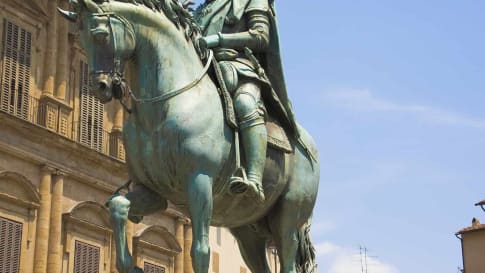
The Rise of the House of Medici
The House of Medici was an Italian banking family and political dynasty that de facto ruled the city of Florence during much of the Italian Renaissance.

Trip advice for Travellers going to Italy
Trip planning advice for Mature Travellers touring Italy Italy is one of the world’s great tourist destinations. This Trip planning advice for mature travellers going to Italy should assist you […]
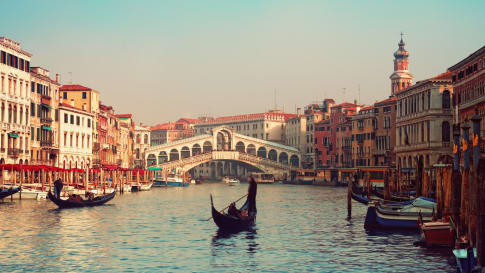
Venetian pallozzo
Venice a curiosity, Merchants, pilgrims, gondolas, stories of espionage, the power of maps for trade carnival and the Peggy Guggenheim Museum. The stories fascinate, this article examines the history of the Peggy Guggenheim museum. Read and learn before joining as a senior couple of mature solo traveller a small group educational tour to Venice and Italy.

Venice and its Merchants
An article that takes you on a journey to Venice in the Middle Ages and beyond. The famous merchants of 'La Serenissima' who dominated this medieval powerhouse for hundreds of years. Learn before joining one of the small group tours for mature and senior travellers couples and solo travellers to Venice and many other destinations in Italy.

Venice and the History of Maps
Venetian Maps and How they Ruled the World ‘Venice was always a frontier,’ Peter Ackroyd (2009) declares in Venice: Pure City. ‘When the empire was divided in the time of Charlemagne, the lagoons of Venice…
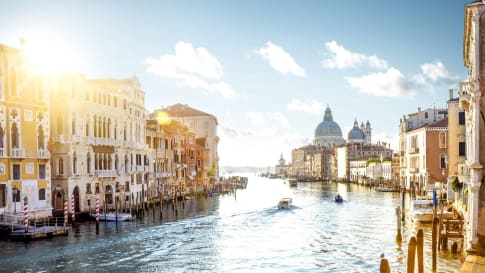
Venice, Italy
Explore the sights and wonders of Venice, 'La Serenissima'. A medieval powerhouse, with its stunning architecture, iconic canals, waterways and gondolas. Odyssey offers small group tours for mature and senior travellers couples and solo travelers to Venice and Italy.
Related Tours
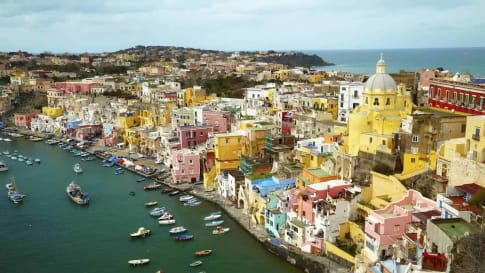
22 days
Jan, Apr, SepAncient History of Southern Italy & Sicily group tours
Visiting Italy
Our program for senior travellers, as well as featuring the rugged countryside of Southern Italy, also encompasses learning about the many civilisations that have shaped this land. We learn about the influence of the early Phoenicians, Greeks, Romans, Byzantines, Saracens, and Aragonese.
From A$16,995 AUD
View Tour
20 days
May, OctCaravaggio’s Journey | Small Group Tour in Italy
Visiting Italy, Malta
On this small group tour of Italy and Malta for mature and senior couples and solo travellers we trace the life of Caravaggio, exploring the artistic works he left behind and the tumultuous life he led. We follow him from his birthplace in Milan to Rome, Malta, Sicily and Naples. In each place he lived Caravaggio left behind a rich legacy of art for us to admire.
From A$15,125 AUD
View Tour
22 days
Mar, Sep, MayFlorence: Living in a Renaissance City
Visiting Italy
A small group tour with like minded people, couples or solo travellers, that is based in Florence. An authentic experience of living in this Renaissance city The daily itineraries draw on local guides to share their knowledge on this unique European tour. Trips to Vinci, Sienna and San Gimignano are included.
From A$14,375 AUD
View Tour
21 days
Sep, Apr, OctFour Italians: Genoa, Mantua, Orvieto and Bologna
Visiting Italy
A small group tour for senior couples and mature solo travellers to Genoa, Mantua, Orvieto and Bologna. Places where the Renaissance shone beyond Florence, Venice and Rome. Italy is one of the great countries of Europe this program with like minded people takes you beyond the regular path of travellers to see and learn more.
From A$15,995 AUD
View Tour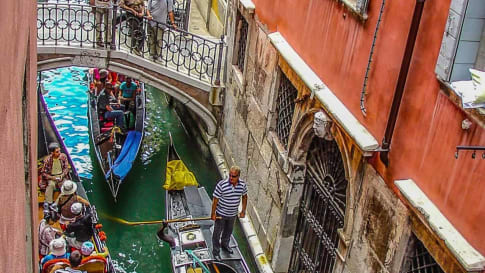
18 days
Sep, AprSmall group tour to Venice and Genoa
Visiting Italy
City pairs and rivalries exist. When spice, gold, steel swords and cloth where major commodities in the Mediterranean then Venice and Genoa fought for market share. Venice offered mercenaries, Genoa, banks. Italian history tour for those interested in joining a small group educational tour for senior couple and mature solo travellers.
From A$10,995 AUD
View Tour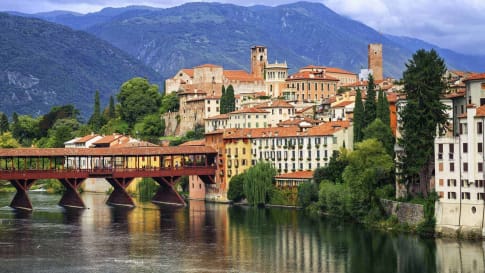
22 days
Oct, AprTour of Northern Italy's Lakes and Alps
Visiting Italy
A European tour to the stunning Lakes Region of Italy. Your travel experience begins in Milan, daily itineraries include two of the region’s lakes - Garda and Maggiore, plus the Roman villa Desenzona and a day in Cinque Terre. Local guides share experience and knowledge with you on this escorted small group tour for couples and solo travelers.
From A$14,895 AUD
View Tour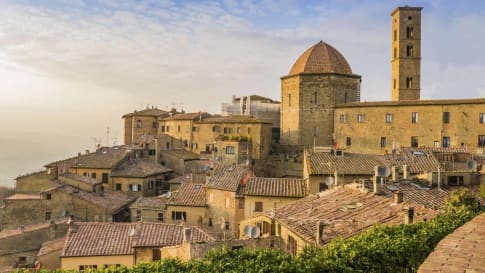
26 days
Aug, SepVillages of Italy | small group tours Italy
Visiting Italy
Explore Italy in a small group tour. Italy is the most Mediterranean of nations and as mature and aged as many of its red wines. In terms of being a nation, it is even younger than New Zealand. This is often hard to believe, bearing in mind that Italy gave rise to Europe’s first global empire, which endured for approximately 2,000 years, the Romans. The new constantly brushes with the old and in doing so generates sparks that makes any sojourn in Italy a deeply textured experience.
From A$16,775 AUD
View Tour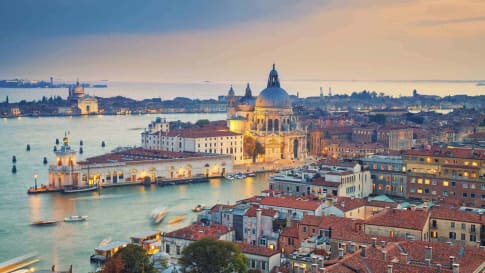
18 days
Aug, SepArt and History of Italy | Small Group Tour for seniors
Visiting Italy
Taken as a whole, Italian Civilization (which includes, of course, the splendid inheritance of Ancient Rome) is absolutely foundational to Western culture. Music, Painting, Sculpture, Architecture, Literature, Philosophy, Law and Politics all derive from Italy or were adapted and transformed through the medium of Italy.
From A$16,695 AUD
View Tour

